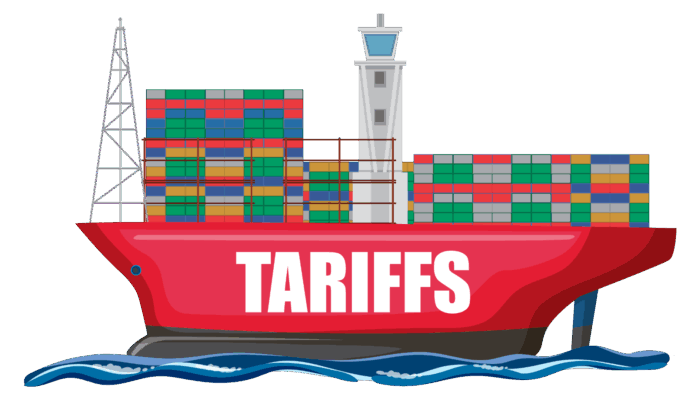When your customer places an order, they expect a seamless process and a swift delivery. But what if that single order arrives in two or three separate packages? And at different times? Cue customer frustration.
Ideally, the majority of your orders are fulfilled on time and with the entire order. This is known as OTIF: on-time, in-full. It’s an important metric to track—and essential to improve if it’s lacking.
How can you improve your OTIF performance? Let’s explore three effective strategies:
1. Route by Order Values
The right order management platform should enable you to route orders based on stock availability, cross-referenced by order value or number of line items.
For example, some Fluent Commerce customers route smaller order values to be fulfilled by stores. Why? Stores are typically able to pick, pack, and ship orders that fit in a small parcel. Larger orders, which may require more complex handling, are routed elsewhere, as the volume of those orders is not feasible for stores to fulfill.
Your order management system (OMS) should empower business users to update and experiment with routing settings quickly and without disruption. This flexibility allows business leaders to set goals, measure performance, and refine processes based on real-time learnings.
2. Manage Capacity at Fulfillment Locations
Whether you fulfill orders from a distribution center, warehouse, or store, managing capacity is crucial. Too many orders routed to one location can overwhelm staff. Additionally, if an order contains a fragile item, does every fulfillment location have the necessary packing materials to safely deliver it to the customer?
To optimize capacity, your OMS should allow you to consider the following factors:
- Number of orders per location
- Number of picks per location
- Number of open orders or open picks per location
- Availability of heavy-lift equipment and labor
- Ability to handle fragile items with appropriate packing materials
3. Pre-Define Fulfillment Logic and Sourcing Rules
You can improve your OTIF performance by defining custom fulfillment logic and sourcing rules within your OMS. Every business is unique, and the standard logic and rules offered by many OMSs can only take you so far. Here are some areas where you can further customize:
- Average order processing time per location: Determine the best location to fulfill orders based on customer shipping speed preferences.
- Order consolidation: Reduce the number of shipments to a customer. For example, consolidate BOPIS (Buy Online, Pick Up In-Store) orders so the customer only needs to make one trip to pick up their entire order.
- Customer attributes: Set rules based on customer attributes. For instance, prioritize orders for loyalty members or send their orders to expedited carriers.
- Availability of expedited carriers: Utilize expedited carriers based on brand or region for express orders.
- Last-mile or local delivery options: Offer same-day delivery using services like DoorDash.
- Prioritization by order type: Allocate stock for VIP orders or other high-priority segments.
OTIF matters to your customers and your business. And the right OMS will help your business deliver on favorable OTIF metrics.
A flexible platform like Fluent Order Management will help you achieve your business goals. Ensure your OMS is up for the job now, in five years’ time, and beyond.
But don’t wait until then! Contact us today to learn how Fluent Order Management can elevate your order management capabilities to the next level.



